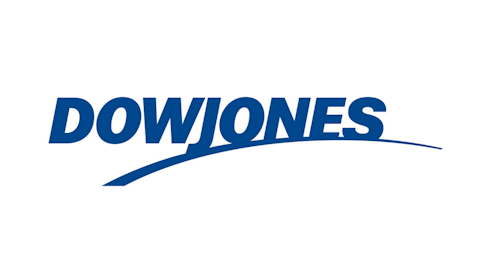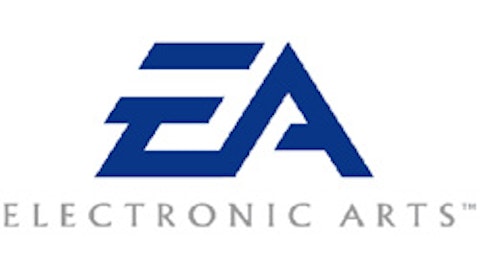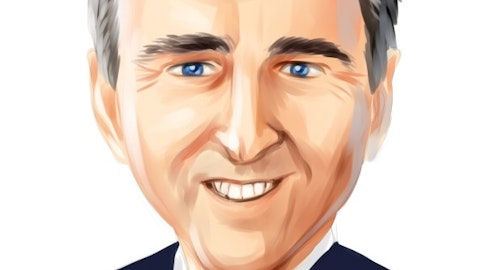We maintain a database of quarterly 13F filings from hedge funds and other notable investors for a variety of purposes. One of our activities is the development of workable investing strategies, and we’ve actually discovered that the most popular small cap stocks among hedge funds generate an average excess return of 18 percentage points per year (learn more about our small cap strategy). We also like to evaluate large changes in hedge fund positions, and when going through the most recent filings we noticed that billionaire Louis Bacon’s Moore Global initiated a position of 4.5 million shares in Morgan Stanley (NYSE:MS) during Q1, making the bank one of its top ten picks overall (see Bacon’s stock picks). Morgan Stanley was also Caxton Associates’s second largest holding by market value following a large increase in the fund’s position; Caxton was founded by billionaire Bruce Kovner (find Caxton’s favorite stocks).
Morgan Stanley (NYSE:MS)’s stock price is up 89% in the last year, including 34% year to date and over 20% quarter to date. Decent earnings numbers from Q1 and the fourth quarter of 2012 (with numbers for that period coming in well above expectations) fueled these gains. Still, there is some value case remaining for Morgan Stanley (NYSE:MS); for one, it trades at a discount to the book value of its equity with a P/B ratio of 0.8.
The bank’s 10-Q for the first quarter of 2013 showed decent growth rates in revenue, notably from trading activities and from net interest tilting positive; overall, revenue was up 18% versus a year earlier. Non interest expenses were actually down in absolute terms, with a 5% drop in compensation and benefits in particular. As a result Morgan Stanley (NYSE:MS) earned 48 cents per share. The trailing P/E is high because of poor results in previous periods, but if we annualize these most recent results we get an earnings multiple of 13- meaning the company needs little improvement going forward in order to be considered a value play. Wall Street analysts expect $2.55 in EPS for 2014, placing the current price at only 10 times forward earnings estimates.
Of course, a low P/B ratio and low forward P/E aren’t out of the ordinary for banks in the current environment. Citigroup Inc. (NYSE:C) and Bank of America Corp (NYSE:BAC) are similar to Morgan Stanley (NYSE:MS) in that they are recovering from periods of low earnings in their businesses, with analyst expectations implying forward P/Es of 9 and 10 respectively at those stocks. Revenue was up 10-15% at each of these banks last quarter compared to the first quarter of 2012, with large percentage increases in earnings. In addition, these two peers also trade below book value: in Citi’s case the discount is about the same size as it is at Morgan, while markets are even more skeptical of Bank of America’s assets (specifically, its P/B ratio is 0.7). We can also compare Morgan Stanley to JPMorgan Chase & Co. (NYSE:JPM). Recent business conditions have been better here, as the stock trades at 9 times earnings whether we consider trailing numbers or projections for 2014. With net income up nicely as well, and with any potential concerns about the departure of CEO Jamie Dimon likely avoided for now, JPMorgan Chase seems like an alternative which is slightly less dependent on future improvements than the other two megabanks.
The closest peer for Morgan Stanley in terms of business structure is probably pure-play investment bank Goldman Sachs Group, Inc. (NYSE:GS), however. Goldman’s trailing P/E is 11, which places it at a discount to Morgan Stanley (NYSE:MS) even if we annualize that bank’s Q1. While this might make us a bit more comfortable thinking of Goldman as a potential value investment, in its most recent quarter there was little change in revenue compared to the same period in the previous year.
At this point JPMorgan Chase seems like the most attractive large bank to us, given that it is already generating enough earnings to make its stock price look attractive as well as seeing improvements in its business. As far as the two large pure-play investment banks are concerned, however, it’s a tougher call as Morgan Stanley (NYSE:MS) has certainly turned in a promising quarter. It might be worth watching to see if it continues to experience higher growth than Goldman.
Disclosure: I own no shares of any stocks mentioned in this article.






